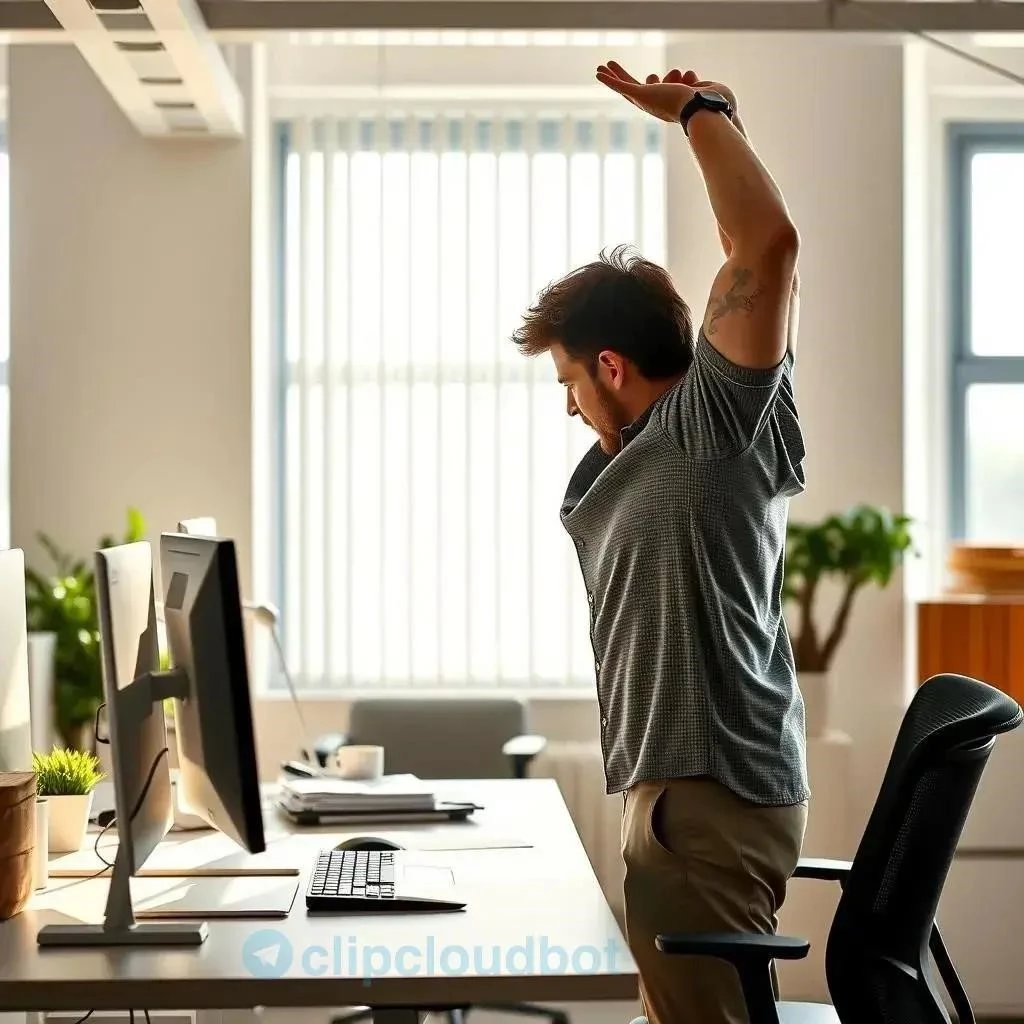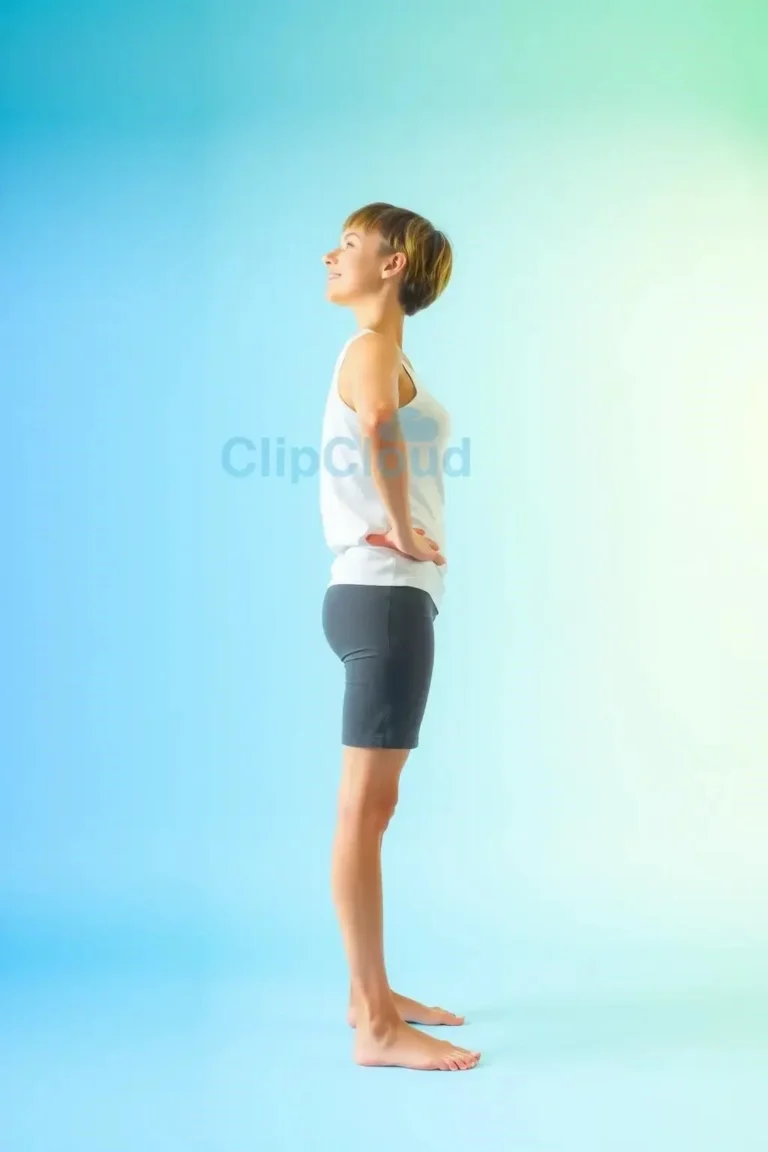The Hidden Dangers of Sitting Still
Modern life often traps us in chairs for hours, leading to a cascade of health risks. Prolonged sitting slows metabolism, impacting blood sugar regulation and fat burning. This sedentary behavior increases the risk of cardiovascular disease, obesity, and even certain types of cancer. Muscles weaken, posture suffers, and back pain becomes a common complaint. Beyond the physical, extended sitting can also negatively affect mental well-being, contributing to decreased energy and increased stress.
Unlocking the Power of Micro-Movements
The good news is that you don’t need lengthy gym sessions to combat the detrimental effects of prolonged sitting. Micro-movements, small, frequent bursts of activity, offer a powerful antidote to a sedentary lifestyle. These subtle shifts and movements, performed throughout the day, can significantly improve your physical and mental well-being.
Micro-movements work by stimulating blood flow, boosting circulation, and gently engaging muscles that otherwise remain dormant during extended periods of sitting. This increased circulation delivers oxygen and nutrients throughout the body, revitalizing energy levels and enhancing cognitive function. By regularly interrupting sedentary behavior with micro-movements, you effectively counteract the negative metabolic consequences of prolonged stillness.
Furthermore, incorporating micro-movements into your daily routine can improve posture and alleviate musculoskeletal discomfort. Simple stretches, gentle twists, and even just standing up regularly can help realign the spine, strengthen core muscles, and reduce back pain. These small movements help maintain flexibility and range of motion, preventing stiffness and promoting overall physical well-being.
Beyond the physical benefits, micro-movements can also have a positive impact on mental clarity and focus. By breaking up long periods of sitting with short bursts of activity, you can improve concentration and reduce mental fatigue. The increased blood flow to the brain associated with movement enhances cognitive function and promotes a sense of alertness. This can lead to increased productivity and a more positive mood throughout the day.
The beauty of micro-movements lies in their accessibility and ease of implementation. They don’t require specialized equipment or dedicated time slots, seamlessly integrating into your daily routine. Whether you’re at work, at home, or even traveling, you can easily incorporate these small movements to reap significant health benefits. By embracing the power of micro-movements, you can transform your sedentary day into one filled with vitality and well-being.
Simple Micro-Movements for Every Setting
Integrating micro-movements into your day doesn’t require a complete lifestyle overhaul. Small, simple adjustments can make a world of difference. At the office, try standing up and walking around for a minute or two every half hour. Take the stairs instead of the elevator, or walk to a colleague’s desk instead of emailing. During phone calls, stand up and pace, or perform gentle stretches like shoulder rolls and neck rotations.
At home, incorporate movement during commercial breaks while watching TV. Stand up and march in place, do some jumping jacks, or try a few squats. While working at your computer, take regular breaks to stretch your wrists, ankles, and fingers. Even simple tasks like folding laundry or washing dishes can be opportunities for micro-movements; Try calf raises while brushing your teeth or gentle twists while waiting for the kettle to boil.
If you commute by public transport, stand instead of sitting whenever possible. If you drive, park further away from your destination to increase your walking distance. While traveling, take advantage of layovers to walk around the airport or train station. Even during long flights, perform seated stretches like ankle rotations and knee lifts.
These are just a few examples, and the possibilities are endless. The key is to find opportunities to incorporate movement throughout your day, no matter where you are. Be creative and find what works best for you. Listen to your body and choose movements that feel good. Remember, even small movements can accumulate significant benefits over time. Start small and gradually increase the frequency and intensity of your micro-movements as you become more comfortable.
By weaving these simple micro-movements into the fabric of your daily routine, you can transform sedentary moments into opportunities for enhanced health and well-being. These small, conscious efforts can have a profound impact on your overall physical and mental state, paving the way for a more active and energized life.
Building a Sustainable Micro-Movement Routine
Creating a sustainable micro-movement routine is about integrating these small bursts of activity seamlessly into your lifestyle. Start by identifying specific times and situations where you tend to be sedentary. These could be during long work meetings, while watching TV, or during your commute. Once you’ve pinpointed these sedentary periods, brainstorm specific micro-movements you can incorporate.
Setting reminders can be incredibly helpful, especially in the beginning. Use your phone, computer, or even sticky notes to prompt yourself to stand up, stretch, or take a short walk. As you become more accustomed to incorporating micro-movements, these reminders will become less necessary. Gradually increase the frequency and duration of your movements as you feel more comfortable.
Making micro-movements a social activity can also boost motivation and adherence. Encourage colleagues to join you for short walking breaks or organize a “movement challenge” with friends or family. Sharing your progress and encouraging others can create a sense of community and make the process more enjoyable.
Tracking your progress can be a powerful motivator. Use a fitness tracker or simply keep a log of your daily micro-movements. Seeing how much activity you’re accumulating can be incredibly rewarding and encourage you to keep going. Celebrate your successes, no matter how small, to reinforce positive habits. Remember, consistency is key to building a sustainable routine.
Finally, be patient with yourself. Building new habits takes time and effort. There will be days when you miss your movement goals, and that’s okay. Don’t get discouraged. Simply acknowledge it and get back on track the next day. Focus on the long-term benefits and enjoy the process of incorporating more movement into your daily life. By embracing these strategies, you can build a sustainable micro-movement routine that enhances your well-being for years to come.






